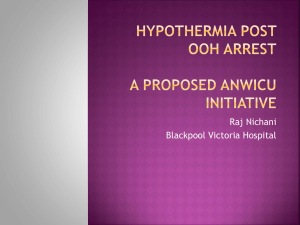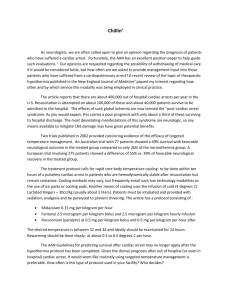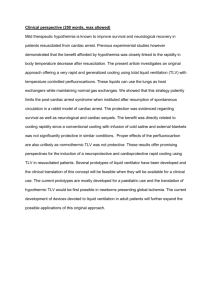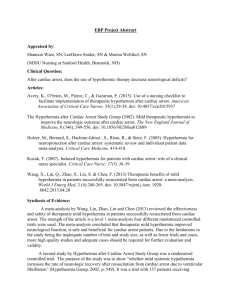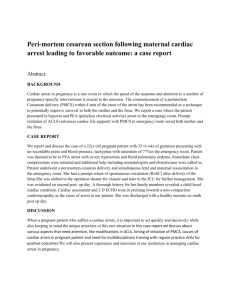hypothermia_summary
advertisement
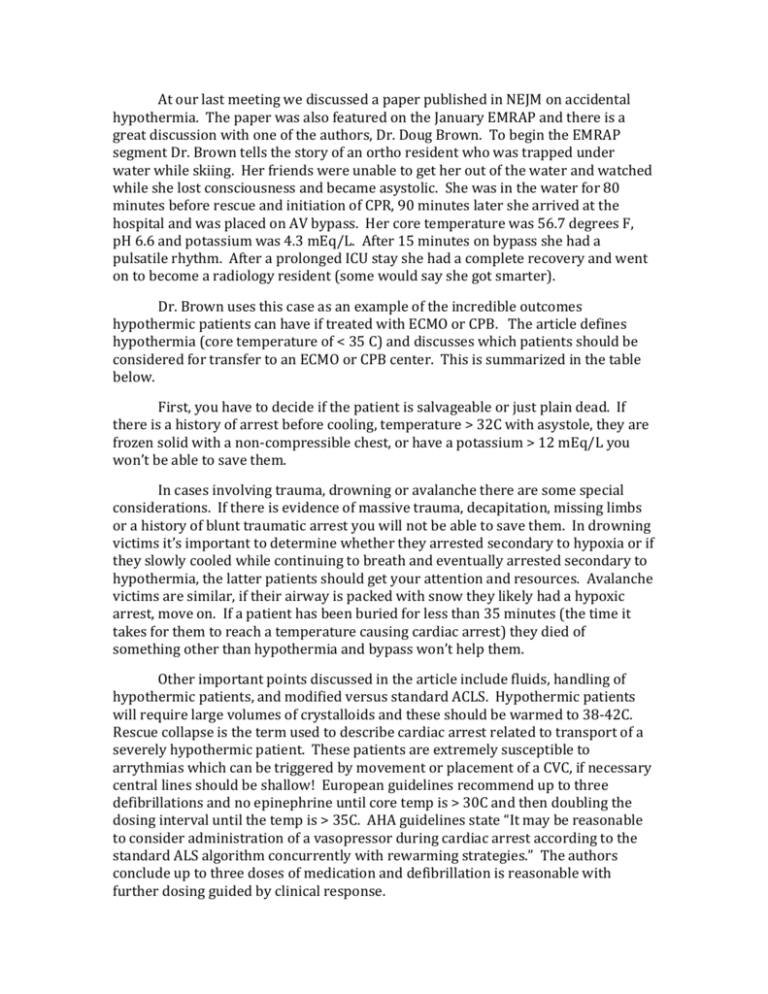
At our last meeting we discussed a paper published in NEJM on accidental hypothermia. The paper was also featured on the January EMRAP and there is a great discussion with one of the authors, Dr. Doug Brown. To begin the EMRAP segment Dr. Brown tells the story of an ortho resident who was trapped under water while skiing. Her friends were unable to get her out of the water and watched while she lost consciousness and became asystolic. She was in the water for 80 minutes before rescue and initiation of CPR, 90 minutes later she arrived at the hospital and was placed on AV bypass. Her core temperature was 56.7 degrees F, pH 6.6 and potassium was 4.3 mEq/L. After 15 minutes on bypass she had a pulsatile rhythm. After a prolonged ICU stay she had a complete recovery and went on to become a radiology resident (some would say she got smarter). Dr. Brown uses this case as an example of the incredible outcomes hypothermic patients can have if treated with ECMO or CPB. The article defines hypothermia (core temperature of < 35 C) and discusses which patients should be considered for transfer to an ECMO or CPB center. This is summarized in the table below. First, you have to decide if the patient is salvageable or just plain dead. If there is a history of arrest before cooling, temperature > 32C with asystole, they are frozen solid with a non-compressible chest, or have a potassium > 12 mEq/L you won’t be able to save them. In cases involving trauma, drowning or avalanche there are some special considerations. If there is evidence of massive trauma, decapitation, missing limbs or a history of blunt traumatic arrest you will not be able to save them. In drowning victims it’s important to determine whether they arrested secondary to hypoxia or if they slowly cooled while continuing to breath and eventually arrested secondary to hypothermia, the latter patients should get your attention and resources. Avalanche victims are similar, if their airway is packed with snow they likely had a hypoxic arrest, move on. If a patient has been buried for less than 35 minutes (the time it takes for them to reach a temperature causing cardiac arrest) they died of something other than hypothermia and bypass won’t help them. Other important points discussed in the article include fluids, handling of hypothermic patients, and modified versus standard ACLS. Hypothermic patients will require large volumes of crystalloids and these should be warmed to 38-42C. Rescue collapse is the term used to describe cardiac arrest related to transport of a severely hypothermic patient. These patients are extremely susceptible to arrythmias which can be triggered by movement or placement of a CVC, if necessary central lines should be shallow! European guidelines recommend up to three defibrillations and no epinephrine until core temp is > 30C and then doubling the dosing interval until the temp is > 35C. AHA guidelines state “It may be reasonable to consider administration of a vasopressor during cardiac arrest according to the standard ALS algorithm concurrently with rewarming strategies.” The authors conclude up to three doses of medication and defibrillation is reasonable with further dosing guided by clinical response. So what does this all mean? If you have a patient in cardiac arrest secondary to hypothermia (NOT trauma or hypoxia) and the potassium is < 12 mEq/L, rewarm, don’t give up on CPR and contact your local ECMO center (in NYC it’s NY Presbyterian). Hint….grab every med student you can find to do compressions, these patients can have full neurologic recovery after hours of CPR.


